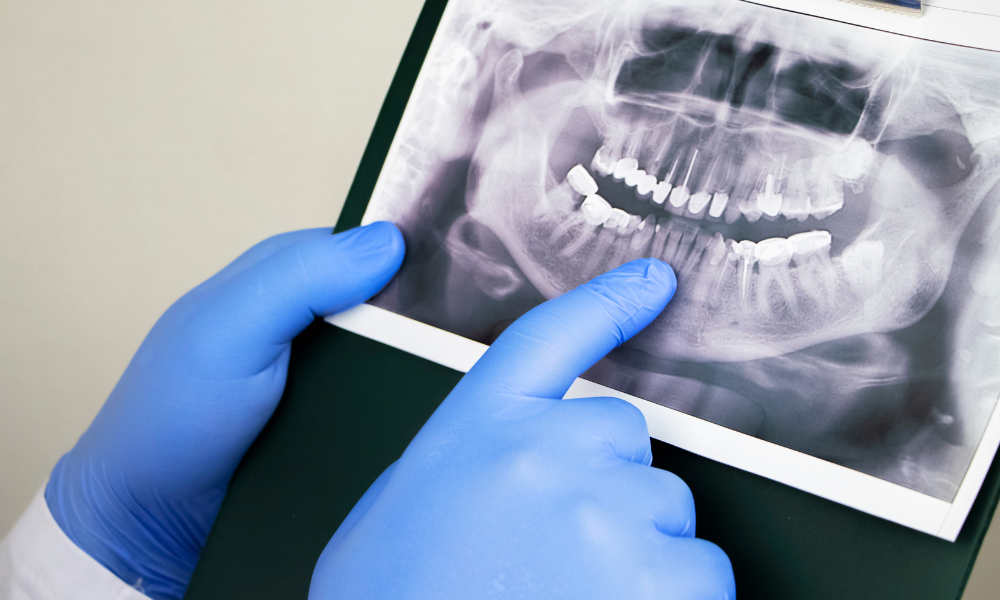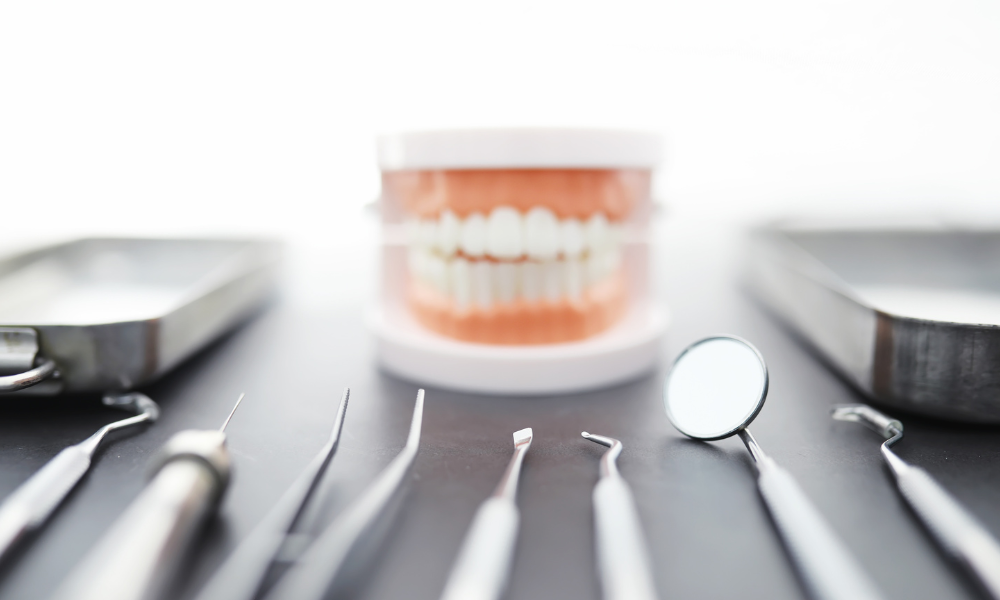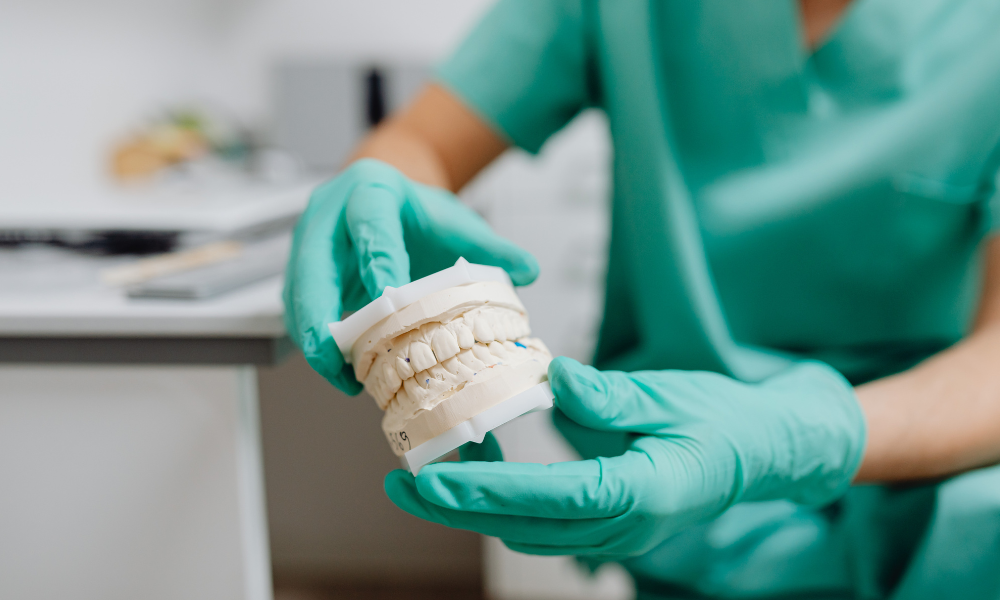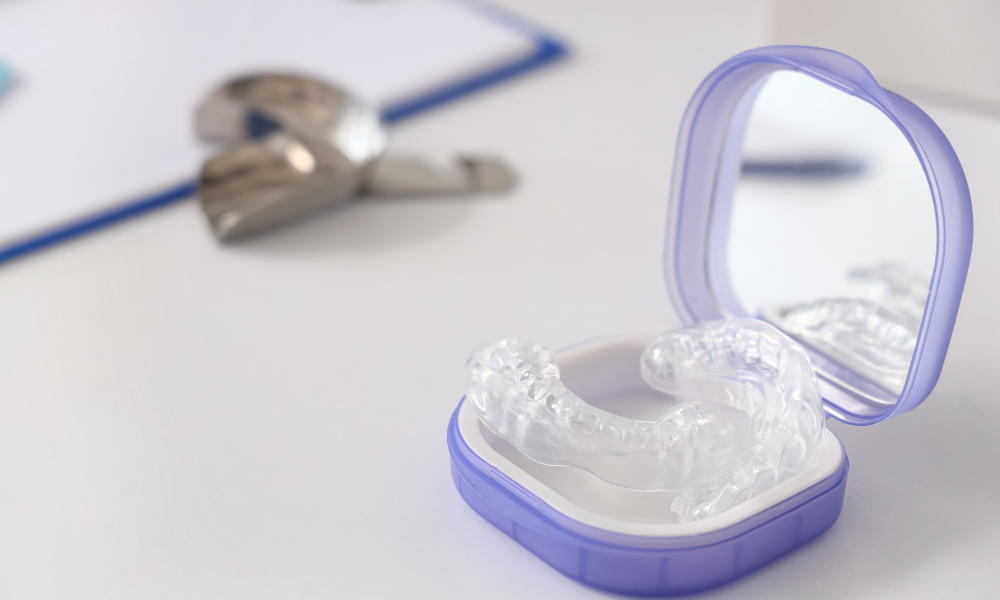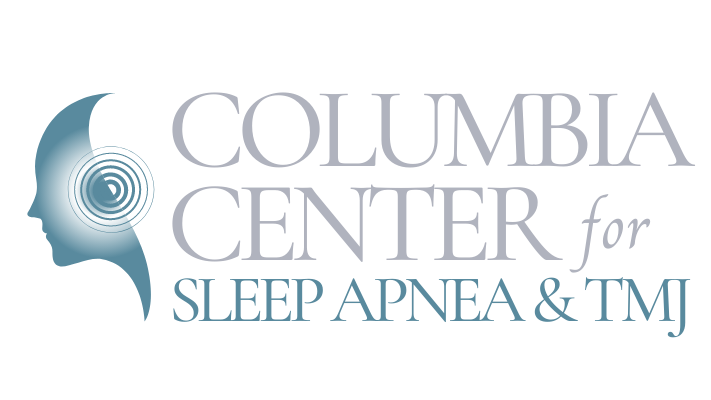December 12, 2025
Chronic jaw pain, headaches, facial tension, and unexplained discomfort in the head and neck are issues many people struggle with—but few know where to turn for real answers. That’s why patients across Kennewick, Pasco, Richland , and the rest of Eastern Washington trust Dr. Jared Bloxham , a dedicated orofacial pain specialist providing advanced, evidence-based care for complex facial and jaw disorders. If you’ve been searching for expert help with TMJ/TMD, facial pain, or jaw dysfunction, Dr. Bloxham offers the specialized evaluation and treatment needed to get you lasting relief. What Is an Orofacial Pain Specialist? Orofacial pain specialists receive advanced training beyond general dentistry and focus exclusively on diagnosing and treating conditions that affect: The jaw joints (TMJ) Facial and jaw muscles Nerves of the head and neck Headaches Bruxism (clenching and grinding) Neuropathic facial pain Chronic head, face, and neck discomfort Because these disorders often overlap and mimic other conditions, accurate diagnosis from a specialist is key to getting effective treatment. Common Conditions Treated by Dr. Jared Bloxham Dr. Bloxham provides comprehensive care for a wide range of orofacial conditions, including: ✔ TMJ/TMD (Temporomandibular Joint Disorders) Jaw clicking, popping, locking, stiffness, or pain during chewing. ✔ Chronic Headaches & Facial Pain Pain triggered by jaw movement, muscle tension, or bite irregularities. ✔ Bruxism (Teeth Grinding & Clenching) Jaw soreness, tooth wear, and morning tension headaches. ✔ Muscle & Joint Dysfunction Tension or inflammation in the jaw, face, temples, and neck. ✔ Nerve-Related Facial Pain Burning, tingling, or sharp pain in facial regions. Dr. Bloxham approaches each case with a detailed evaluation to pinpoint the true cause of the symptoms—a crucial step many patients don’t receive before seeing him. Advanced Orofacial Pain Treatment for the Tri-Cities & Eastern WA Whether you live in Kennewick, Pasco, Richland, West Richland, Benton City, Connell, Walla Walla, or elsewhere in Eastern Washington , Dr. Bloxham provides patient-focused, non-surgical treatment options designed around your specific condition and lifestyle. His treatment methods often include: 🔹 Custom Oral Appliances Designed to reduce strain on the jaw joint and relax overactive muscles. 🔹 Muscle Therapy & Rehabilitation Exercises, habit training, and targeted strategies to improve jaw movement. 🔹 Posture & Behavioral Guidance Addressing clenching, grinding, and daytime muscle patterns that contribute to pain. 🔹 Bite & Function Assessments Identifying jaw movements or bite issues that may be causing discomfort. 🔹 Collaborative, Multidisciplinary Care Working with physical therapists, neurologists, ENTs, or other specialists when needed. Each treatment plan is unique—because every patient’s pain pattern and underlying cause is different. Do You Need to See an Orofacial Pain Specialist? You may benefit from a specialist evaluation if you experience: Ongoing jaw pain or tightness Frequent headaches or temple pain Earaches, pressure, or ringing without ear infections Facial or jaw fatigue while chewing Clicking, popping, or locking in the jaw Neck tension connected to clenching or posture Pain that dentists or physicians haven’t been able to diagnose If these symptoms sound familiar, a specialist like Dr. Bloxham can give you clarity—and a long-term plan for relief. Find Lasting Relief With an Orofacial Pain Expert in Eastern Washington You don’t have to live with persistent facial pain, headaches, or jaw dysfunction. As an experienced orofacial pain specialist serving the Tri-Cities and all of Eastern Washington, Dr. Jared Bloxham helps patients uncover the root of their discomfort and restore normal, comfortable function.

